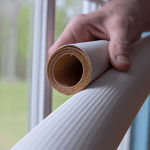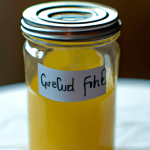Introduction
Ionic air purifiers have gained popularity in recent years as a potential solution for improving indoor air quality. However, there has been ongoing debate about their safety and effectiveness. In this article, we will explore the truth behind the safety of ionic air purifiers and shed light on their effectiveness in purifying the air.
What are Ionic Air Purifiers?
Ionic air purifiers, also known as ionizers, are devices that use electrically charged ions to remove pollutants from the air. These devices work by emitting negative ions into the air, which attach to positively charged particles such as dust, allergens, and other pollutants. Once attached, these particles become too heavy to remain airborne and eventually settle on surfaces, making the air cleaner and potentially reducing respiratory irritants.
The Safety Concerns
One of the main concerns surrounding ionic air purifiers is the production of ozone. Ozone is a gas that can be harmful to human health when present in high concentrations. Some ionic air purifiers generate ozone as a byproduct of their ionization process. Prolonged exposure to high levels of ozone can lead to respiratory issues, chest pain, and even lung damage.
However, it is important to note that not all ionic air purifiers produce high levels of ozone. Many manufacturers have implemented safety measures to minimize ozone production, ensuring that the emitted levels are within acceptable limits set by regulatory bodies. When purchasing an ionic air purifier, it is crucial to look for models that are certified as ozone-safe by reputable organizations.
Effectiveness of Ionic Air Purifiers
While ionic air purifiers have the potential to remove certain pollutants from the air, their effectiveness can vary depending on the specific model and the pollutants present. These devices are generally more effective at removing larger particles like dust and pet dander. However, they may not be as effective in capturing smaller particles such as bacteria, viruses, and volatile organic compounds (VOCs).
To enhance the effectiveness of an ionic air purifier, it is recommended to use it in conjunction with other air purification methods, such as HEPA filters or activated carbon filters. This combination can help to capture a wider range of pollutants, providing cleaner and healthier indoor air.
Conclusion
In conclusion, the safety of ionic air purifiers largely depends on their ozone emission levels. It is crucial to choose models that comply with safety standards and have low ozone emissions. While these devices can be effective in removing certain pollutants from the air, they may not be as effective as other air purification methods for capturing smaller particles. To achieve optimal air quality, it is advisable to use ionic air purifiers alongside other filtration technologies.




